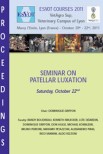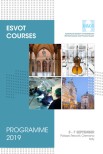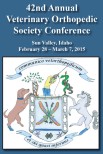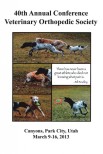Reasons for performing the study
There is limited information on risk factors for elimination from endurance rides.
Objectives
To assess risk factors for elimination for lameness and metabolic reasons from Fédération Equestre Internationale (FEI) endurance rides of 80–160 km distance.
Study design
Unmatched case–control.
Methods
Venue-, horse- and rider-related data were collected from the FEI website. Data on weather conditions and terrain were collected at the venue. Univariable and multivariable logistic regression analyses were used to assess risk factors for elimination for lameness and metabolic reasons, respectively.
Results
Multivariable logistic regression on 1435 horse starts revealed that the venue was significantly associated with elimination for lameness (P = 0.013). The horse's previous experience at a greater distance than the current ride (odds ratio [OR] = 0.82, 95% confidence interval [CI] 0.71–0.95, P = 0.008) and >90 days elapsed since the last FEI ride (OR = 0.78, 95% CI 0.62–0.99, P = 0.044) significantly reduced the risk of elimination for lameness. In the multivariable model for elimination for metabolic reasons, the venue (P = 0.011), increasing number of started horses (OR = 1.008, 95% CI 1.00–1.01, P = 0.001) and deep sand or soil on the track (OR = 1.98, 95% CI 1.17–3.35, P = 0.001) significantly increased the risk of elimination for metabolic reasons.
Conclusions
Reducing the frequency of racing may contribute to decreased risk of elimination for lameness. Competing in deep sand or soil may contribute to exhaustion, leading to elimination for metabolic reasons. Eliminations are likely to be the end result of a complex process, and not every aspect was or can be measured. Further studies with a larger number of horse starts and assessment of variables that could not be measured in this study may identify additional risk factors that can be modified.









